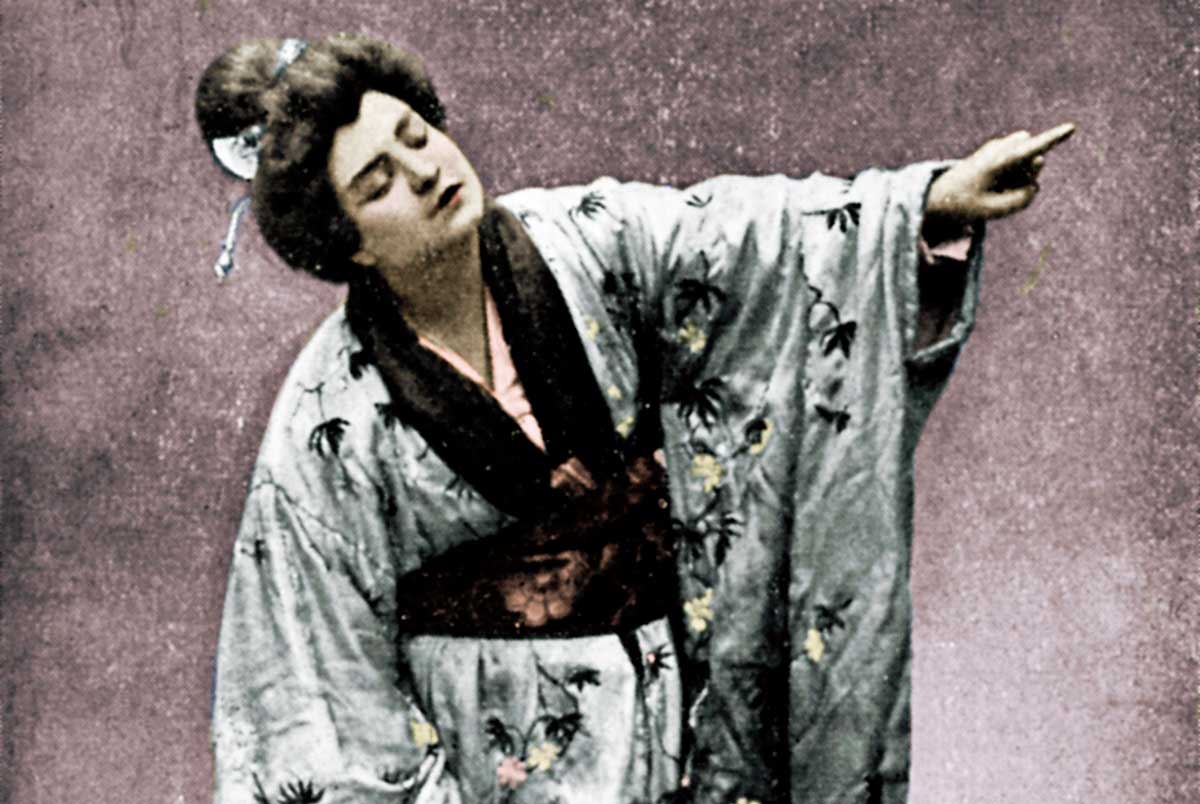Madam Butterfly and the Forging of Japanese Identity
Puccini’s opera revealed misunderstandings and stereotypes on both sides of the East-West divide.

The broad outlines of Japan’s historical encounters with western culture are well known. They began with the arrival of Jesuit priests from Portugal in the 16th century, but after 1639 contact all but ceased under the Tokugawa shogunate’s new policy of seclusion (sakoku), with limited trade with the Chinese and the Dutch being the only exception. The policy of isolation ended in 1854 and the restoration of imperial rule in 1858 opened Japan to the West. By 1867, artefacts of Japanese culture were on display for the first time at the Exposition Universelle in Paris.
